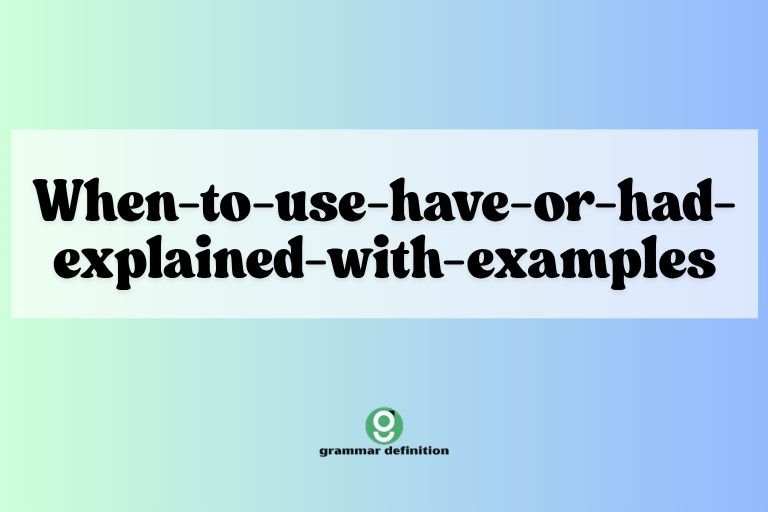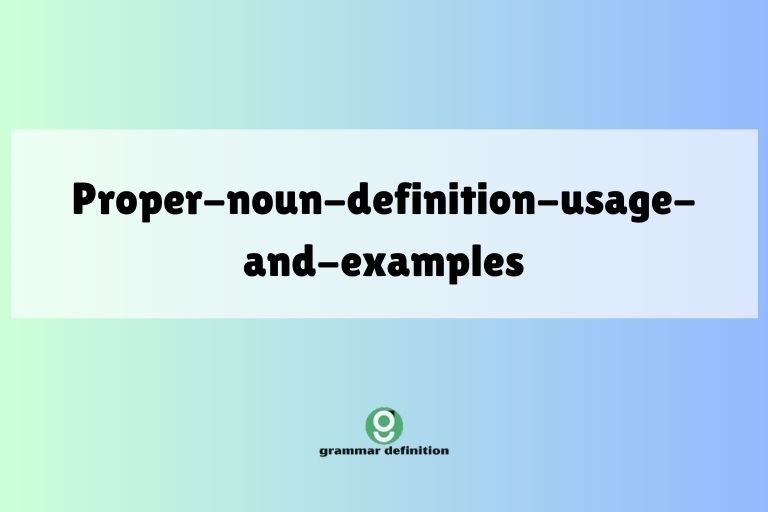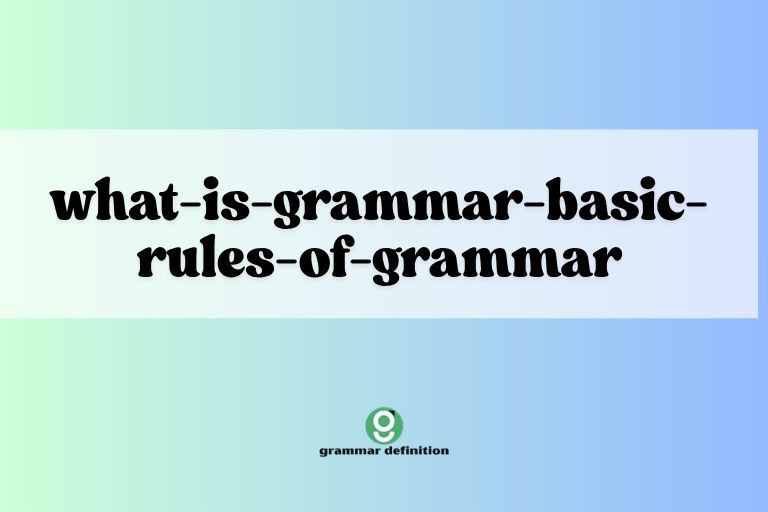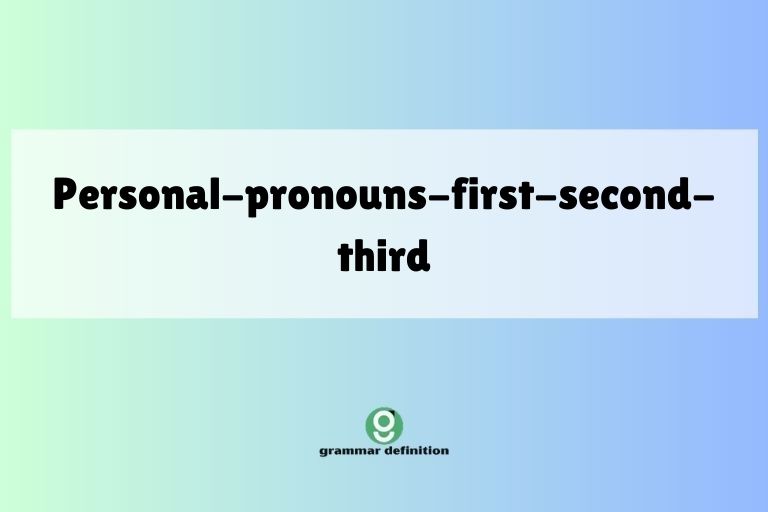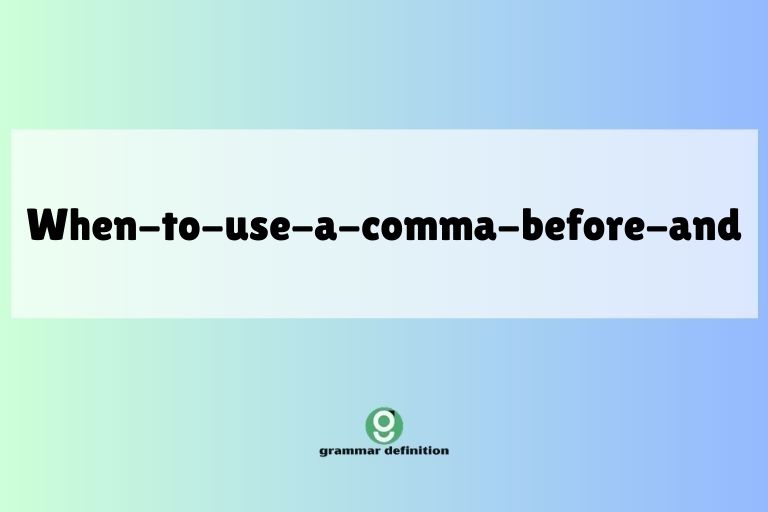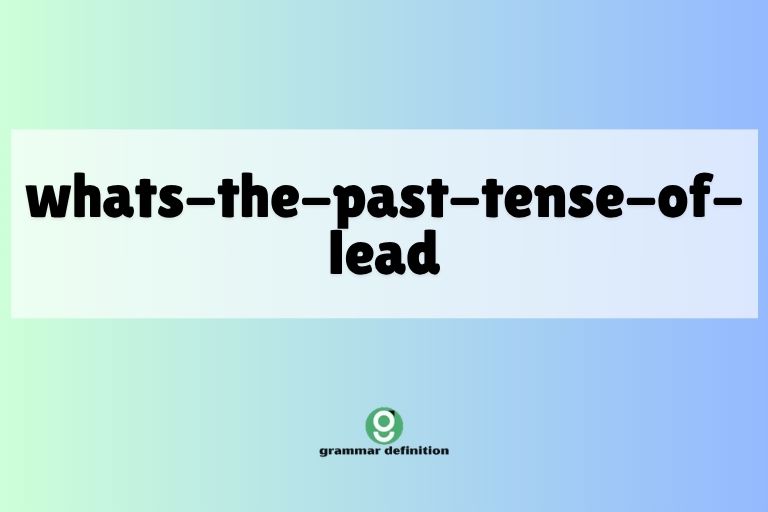Showed vs. Shown: Mastering the Past Tense and Past Participle
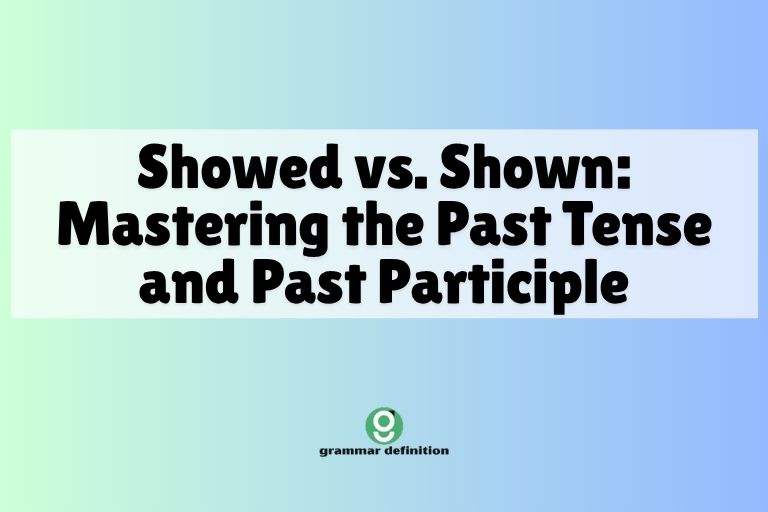
Understanding the correct usage of “showed” and “shown” is crucial for mastering English grammar. These two forms represent the past tense and past participle of the verb “show,” and using them correctly ensures clarity and precision in your writing and speech.
This article provides a comprehensive guide to differentiating between “showed” and “shown,” covering their definitions, structural rules, usage, common mistakes, and practice exercises. Whether you’re a beginner or an advanced learner, this guide will help you confidently use these verb forms.
This article is designed to benefit English language learners of all levels. It breaks down the complexities of verb tenses and participles into manageable sections, complete with numerous examples and exercises.
By the end of this guide, you’ll have a solid understanding of when to use “showed” and when to use “shown,” significantly improving your overall English proficiency.
Table of Contents
- Definition of Showed and Shown
- Structural Breakdown
- Types and Categories of Usage
- Examples of Showed and Shown
- Usage Rules
- Common Mistakes
- Practice Exercises
- Advanced Topics
- FAQ
- Conclusion
Definition of Showed and Shown
The verb “show” is a versatile word used to indicate displaying, demonstrating, or revealing something. Understanding its different forms is essential for accurate communication.
Let’s delve into the definitions of “showed” and “shown.”
Showed: Past Tense
“Showed” is the simple past tense form of the verb “show.” It is used to describe an action that was completed at a specific time in the past. It stands alone as the main verb in a sentence, indicating that someone or something performed the act of showing.
For example, “Yesterday, I showed my friend the new museum.” Here, “showed” indicates a completed action in the past.
Shown: Past Participle
“Shown” is the past participle form of the verb “show.” It is used with auxiliary verbs such as “have,” “has,” “had,” “is,” “are,” “was,” or “were” to form perfect tenses or passive voice constructions. Unlike “showed,” “shown” cannot stand alone as the main verb in a simple past tense sentence.
For example, “I have shown my friend the new museum many times.” Here, “shown” is used with the auxiliary verb “have” to form the present perfect tense.
Structural Breakdown
Understanding the structural roles of “showed” and “shown” within sentences is crucial for correct usage. Let’s break down their specific functions and patterns.
Showed: Simple Past Tense Structure
The structure for using “showed” in a simple past tense sentence is straightforward:
Subject + Showed + (Object/Complement)
Here are a few examples:
- The teacher showed the students the answer.
- He showed great courage.
- She showed her artwork at the gallery.
Shown: Past Participle Structure
The structure for using “shown” typically involves auxiliary verbs:
Auxiliary Verb + Shown + (Object/Complement)
Common auxiliary verbs include:
- Have/Has/Had (Perfect Tenses): I have shown, she has shown, they had shown.
- Is/Are/Was/Were (Passive Voice): The movie was shown, the results were shown.
Here are a few examples:
- I have shown you the way.
- The movie was shown last night.
- They had shown their support before the event.
Types and Categories of Usage
The usage of “showed” and “shown” can be categorized based on the specific tense or voice being used. Let’s explore these categories to gain a deeper understanding.
Showed: Categories of Usage
“Showed” is primarily used in the simple past tense. Here are the main categories:
- Describing a Completed Action: The action of showing happened and finished in the past.
- Narrating Past Events: Used to tell stories or recount events that occurred in the past.
Shown: Categories of Usage
“Shown” is used in perfect tenses and passive voice constructions. Here are the main categories:
- Perfect Tenses: To indicate actions completed at an unspecified time before now (present perfect), before a specific time in the past (past perfect), or before a specific time in the future (future perfect).
- Passive Voice: To indicate that the subject of the sentence receives the action, rather than performs it.
Examples of Showed and Shown
To further illustrate the correct usage of “showed” and “shown,” let’s explore a variety of examples categorized by tense and voice. These examples will help clarify the nuances of each form.
Examples of “Showed” in Simple Past Tense
The following table provides examples of “showed” used in the simple past tense to describe completed actions.
| Sentence | Explanation |
|---|---|
| He showed me his new car yesterday. | Describes a completed action of showing the car. |
| She showed great talent during the performance. | Describes the display of talent in the past. |
| The guide showed us the historical sites. | Describes the action of guiding and showing sites. |
| The magician showed a remarkable trick. | Indicates a completed performance of a trick. |
| The evidence showed that he was innocent. | Describes the evidence revealing innocence. |
| The teacher showed the students how to solve the problem. | Describes the action of demonstrating the solution. |
| The map showed the location of the treasure. | Indicates the map revealing the treasure’s location. |
| The weather forecast showed rain for tomorrow. | Describes the forecast predicting rain. |
| My friend showed me a funny video. | Indicates the action of sharing a video. |
| The artist showed his paintings at the exhibition. | Describes the artist displaying his work. |
| The athlete showed incredible speed during the race. | Describes the athlete displaying speed. |
| The company showed a profit this quarter. | Indicates the company revealing financial gains. |
| The data showed a significant increase in sales. | Describes the data revealing sales growth. |
| The experiment showed positive results. | Indicates the experiment producing positive outcomes. |
| The survey showed that most people agreed. | Describes the survey revealing agreement. |
| The analysis showed a clear trend. | Indicates the analysis revealing a pattern. |
| The investigation showed no evidence of wrongdoing. | Describes the investigation finding no fault. |
| The report showed several areas for improvement. | Indicates the report revealing areas to enhance. |
| The presentation showed the company’s achievements. | Describes the presentation highlighting successes. |
| The demonstration showed how the product works. | Indicates the demonstration clarifying product function. |
| The guide showed us the best spots for photos. | Describes the guide pointing out ideal photo locations. |
| The instructions showed how to assemble the furniture. | Indicates the instructions explaining assembly process. |
| The tutorial showed how to use the software. | Describes the tutorial demonstrating software usage. |
| The presentation showed the latest market trends. | Indicates the presentation revealing current trends. |
| The exhibition showed a variety of modern art. | Describes the exhibition displaying diverse artworks. |
Examples of “Shown” in Perfect Tenses
The following table provides examples of “shown” used in perfect tenses (present perfect, past perfect, and future perfect).
| Sentence | Tense | Explanation |
|---|---|---|
| I have shown him the garden before. | Present Perfect | Action completed at an unspecified time before now. |
| She has shown great improvement in her studies. | Present Perfect | Improvement displayed up to the present. |
| They have shown their support for the project. | Present Perfect | Support demonstrated up to the present. |
| He had shown his ID at the entrance. | Past Perfect | Action completed before a specific time in the past. |
| By the time we arrived, she had shown all the guests around. | Past Perfect | Action completed before our arrival. |
| They had shown their commitment to the cause before the meeting. | Past Perfect | Commitment demonstrated before the meeting. |
| By next year, I will have shown my work in several galleries. | Future Perfect | Action will be completed before a specific time in the future. |
| By the end of the week, she will have shown her presentation to the team. | Future Perfect | Presentation will be completed by the end of the week. |
| By the time he graduates, he will have shown significant progress. | Future Perfect | Progress will be demonstrated by graduation. |
| We have shown our appreciation through our actions. | Present Perfect | Appreciation demonstrated up to the present. |
| The data has shown a clear correlation between the two variables. | Present Perfect | Correlation revealed up to the present. |
| The research has shown promising results. | Present Perfect | Results demonstrated up to the present. |
| The evidence had shown his innocence before the trial began. | Past Perfect | Innocence revealed before the trial. |
| They had shown their disagreement before the vote. | Past Perfect | Disagreement demonstrated before the vote. |
| She had shown her potential during the internship. | Past Perfect | Potential demonstrated during the internship. |
| By the time the project is finished, we will have shown our capabilities. | Future Perfect | Capabilities will be demonstrated by the project’s end. |
| By the time the conference starts, he will have shown his research findings. | Future Perfect | Findings will be presented by the conference start. |
| By the time the deadline arrives, she will have shown her completed work. | Future Perfect | Work will be completed by the deadline. |
| I have shown my commitment to the team through hard work. | Present Perfect | Commitment demonstrated up to the present. |
| The study has shown a link between diet and health. | Present Perfect | Link revealed up to the present. |
| The analysis has shown the root cause of the problem. | Present Perfect | Cause revealed up to the present. |
| They had shown their concerns before the decision was made. | Past Perfect | Concerns demonstrated before the decision. |
| He had shown his dedication to the company over the years. | Past Perfect | Dedication demonstrated over the years. |
| She had shown her willingness to help with the project. | Past Perfect | Willingness demonstrated before the project. |
| By the time the renovations are complete, we will have shown a modern design. | Future Perfect | Design will be completed by the end of renovations. |
Examples of “Shown” in Passive Voice
The following table provides examples of “shown” used in passive voice constructions, where the subject receives the action.
| Sentence | Explanation |
|---|---|
| The movie was shown last night. | The movie received the action of being shown. |
| The results were shown to the public. | The results received the action of being shown. |
| The exhibit was shown at the art museum. | The exhibit received the action of being displayed. |
| The presentation was shown to the board members. | The presentation received the action of being demonstrated. |
| The data was shown to the research team. | The data received the action of being revealed. |
| The evidence was shown in court. | The evidence received the action of being presented. |
| The new features were shown during the product launch. | The features received the action of being displayed. |
| The prototype was shown to potential investors. | The prototype received the action of being presented. |
| The project plans were shown to the stakeholders. | The plans received the action of being revealed. |
| The documentary was shown at the film festival. | The documentary received the action of being screened. |
| The artwork was shown in a prestigious gallery. | The artwork received the action of being exhibited. |
| The demonstration was shown to a large audience. | The demonstration received the action of being presented. |
| The experiment’s results were shown in the scientific journal. | The results received the action of being published. |
| The survey’s findings were shown at the conference. | The findings received the action of being presented. |
| The analysis was shown to the management team. | The analysis received the action of being revealed. |
| The investigation’s conclusions were shown to the public. | The conclusions received the action of being disclosed. |
| The report’s recommendations were shown to the policymakers. | The recommendations received the action of being presented. |
| The company’s achievements were shown in the annual report. | The achievements received the action of being highlighted. |
| The product’s features were shown in the marketing campaign. | The features received the action of being promoted. |
| The software’s capabilities were shown during the training session. | The capabilities received the action of being demonstrated. |
| The best spots for photos were shown by the tour guide. | The spots received the action of being pointed out. |
| The assembly instructions were shown in the manual. | The instructions received the action of being explained. |
| The use of the software was shown in the tutorial. | The use received the action of being demonstrated. |
| The latest market trends were shown in the presentation. | The trends received the action of being revealed. |
| A variety of modern art was shown at the exhibition. | The variety received the action of being displayed. |
Usage Rules
To ensure correct usage, it’s important to understand the specific rules that govern “showed” and “shown.” These rules cover tense agreement, auxiliary verb usage, and context-specific applications.
Rule 1: Use “Showed” for Simple Past Tense
“Showed” is used to describe actions that were completed in the past. It does not require an auxiliary verb.
Correct: She showed me her vacation photos.
Incorrect: She has showed me her vacation photos.
Rule 2: Use “Shown” with Auxiliary Verbs for Perfect Tenses
“Shown” is used with auxiliary verbs (have, has, had, will have) to form perfect tenses.
Correct: I have shown my passport at the border.
Incorrect: I showed my passport at the border (when implying it happened at an unspecified time before now.)
Rule 3: Use “Shown” with Auxiliary Verbs for Passive Voice
“Shown” is used with auxiliary verbs (is, are, was, were, be, been, being) to form passive voice constructions.
Correct: The documents were shown to the committee.
Incorrect: The documents showed to the committee.
Rule 4: Avoid Using “Shown” Alone as a Main Verb
“Shown” cannot function as the main verb in a simple past tense sentence. It always requires an auxiliary verb.
Incorrect: Yesterday, I shown my friend around the city.
Correct: Yesterday, I showed my friend around the city.
Common Mistakes
Even experienced English speakers sometimes make mistakes with “showed” and “shown.” Understanding these common errors can help you avoid them.
Mistake 1: Using “Shown” Instead of “Showed” in Simple Past Tense
Incorrect: He shown me his new house.
Correct: He showed me his new house.
Explanation: “Showed” is the correct simple past tense form.
Mistake 2: Omitting Auxiliary Verbs with “Shown”
Incorrect: I shown my ID at the gate.
Correct: I have shown my ID at the gate.
Explanation: “Shown” requires an auxiliary verb like “have” to form the present perfect tense.
Mistake 3: Using the Wrong Auxiliary Verb
Incorrect: The results is shown to the team.
Correct: The results were shown to the team.
Explanation: The auxiliary verb must agree in number with the subject (“results” is plural, so “were” is correct).
Mistake 4: Mixing Up Tenses
Incorrect: I have showed him the way yesterday.
Correct: I showed him the way yesterday.
Explanation: “Yesterday” indicates a specific time in the past, so the simple past tense “showed” is appropriate.
Practice Exercises
Test your understanding of “showed” and “shown” with these practice exercises. Each exercise includes multiple questions to help reinforce your learning.
Exercise 1: Choose the Correct Form
Select the correct form of the verb “show” (“showed” or “shown”) to complete each sentence.
| Question | Answer |
|---|---|
| 1. She ______ her artwork at the gallery last week. | showed |
| 2. I have ______ you the way to the station before. | shown |
| 3. The results were ______ to the public yesterday. | shown |
| 4. He ______ great courage during the crisis. | showed |
| 5. They have ______ their support for the project. | shown |
| 6. The movie ______ last night at the theater. | showed |
| 7. The documents were ______ to the committee members. | shown |
| 8. She ______ me how to bake a cake. | showed |
| 9. I have ______ my passport at the border. | shown |
| 10. The teacher ______ the students the correct answer. | showed |
Exercise 2: Fill in the Blanks
Fill in the blanks with the correct form of “show” (“showed” or “shown”).
| Question | Answer |
|---|---|
| 1. He ______ me his new car. | showed |
| 2. She has ______ her dedication to the team. | shown |
| 3. The report ______ that sales have increased. | showed |
| 4. The evidence was ______ in court. | shown |
| 5. I have already ______ you the instructions. | shown |
| 6. The guide ______ us the historical landmarks. | showed |
| 7. The data ______ a clear trend. | showed |
| 8. The survey results were ______ to the management. | shown |
| 9. They ______ their appreciation with a gift. | showed |
| 10. He had ______ his ID before entering the building. | shown |
Exercise 3: Correct the Errors
Identify and correct the errors in the following sentences.
| Question | Correct Answer |
|---|---|
| 1. I shown him the garden yesterday. | I showed him the garden yesterday. |
| 2. She has showed me her photos. | She has shown me her photos. |
| 3. The movie was showed last week. | The movie was shown last week. |
| 4. He showed his ID already. | He has shown his ID already. |
| 5. They have showed their support. | They have shown their support. |
| 6. The results showed to the team. | The results were shown to the team. |
| 7. I shown my ticket at the entrance. | I showed my ticket at the entrance. |
| 8. She has showed great progress. | She has shown great progress. |
| 9. The documents was shown to the public. | The documents were shown to the public. |
| 10. He showed his skills already. | He has shown his skills already. |
Advanced Topics
For advanced learners, understanding the nuances of “showed” and “shown” in more complex contexts can further refine your grammar skills. This section covers more subtle aspects of their usage.
Subjunctive Mood
While “showed” and “shown” are not directly used in the subjunctive mood, understanding the subjunctive can help clarify how verbs are used in hypothetical or conditional situations. For example, in a hypothetical situation, you might say, “If he were to show me the documents, I would understand better.” Here, “were to show” is the subjunctive form.
Idiomatic Expressions
Some idiomatic expressions use “show” in unique ways. For example:
- Show someone the ropes: To teach someone how to do a job or task.
- Show your true colors: To reveal your real personality or intentions.
- Show off: To display your abilities or possessions in a boastful way.
These expressions often use “show” in a figurative sense, adding depth to your understanding of its versatility.
Regional Variations
While the rules for “showed” and “shown” are generally consistent across different dialects of English, some regional variations might exist in colloquial speech. However, in formal writing and speech, it’s best to adhere to the standard grammatical rules.
FAQ
Here are some frequently asked questions about the usage of “showed” and “shown,” along with detailed answers to help clarify any remaining doubts.
- Q: Can I use “shown” without an auxiliary verb?
- Q: What is the difference between “I showed” and “I have shown”?
- Q: How do I know when to use the passive voice with “shown”?
- Q: Is it ever correct to use “showed” in a perfect tense?
- Q: What if I’m unsure whether to use “showed” or “shown”?
- Q: Can you give me a simple way to remember the difference?
- Q: Are there any exceptions to these rules?
- Q: How can I practice using “showed” and “shown” correctly?
A: No, “shown” is the past participle form of “show” and always requires an auxiliary verb (such as “have,” “has,” “had,” “is,” “are,” “was,” or “were”) to form perfect tenses or passive voice constructions. Using “shown” without an auxiliary verb is grammatically incorrect.
A: “I showed” is in the simple past tense, indicating a completed action at a specific time in the past. For example, “I showed him the letter yesterday.” “I have shown” is in the present perfect tense, indicating an action completed at an unspecified time before now. For example, “I have shown him the letter several times.”
A: Use the passive voice when the subject of the sentence receives the action, rather than performs it. For example, “The documents were shown to the committee” (the documents received the action of being shown). In contrast, “The committee showed the documents” (the committee performed the action of showing).
A: No, “showed” is exclusively used in the simple past tense. Perfect tenses require the past participle form, which is “shown.” Therefore, you should always use “shown” with auxiliary verbs like “have,” “has,” or “had” to form perfect tenses.
A: If you’re unsure, first determine if the sentence describes a completed action in the past without reference to a present result. If so, use “showed.” If the sentence describes an action completed at an unspecified time before now, or if the subject is receiving the action, use “shown” with the appropriate auxiliary verb.
A: Think of “showed” as a standalone action in the past: “I showed.” Think of “shown” as needing help from another verb: “I have shown,” “It was shown.” The auxiliary verb is the key indicator for using “shown.”
A: The rules outlined in this article are generally consistent across standard English. While colloquial speech might sometimes deviate, adhering to these rules ensures clarity and grammatical correctness in formal writing and communication.
A: The best way to practice is through consistent application. Try writing sentences using both “showed” and “shown” in different contexts. Review grammar exercises and seek feedback from teachers or native English speakers to identify and correct any errors. Practice makes perfect!
Conclusion
Mastering the correct usage of “showed” and “shown” is essential for clear and effective communication in English. By understanding their definitions, structural roles, and usage rules, you can confidently use these verb forms in various contexts.
Remember that “showed” is for the simple past tense, while “shown” is for perfect tenses and passive voice constructions, always requiring an auxiliary verb.
By avoiding common mistakes and practicing regularly, you can significantly improve your grammar skills and ensure accuracy in your writing and speech. Continue to review the examples and exercises provided in this guide, and don’t hesitate to seek additional resources for further learning.
With dedication and practice, you’ll master the nuances of “showed” and “shown” and enhance your overall English proficiency.

